How to clean garden tools – to make cutting and pruning easier
Keeping garden tools clean – and sharp – will make pruning easier and reduce the risk of disease in your favorite plants
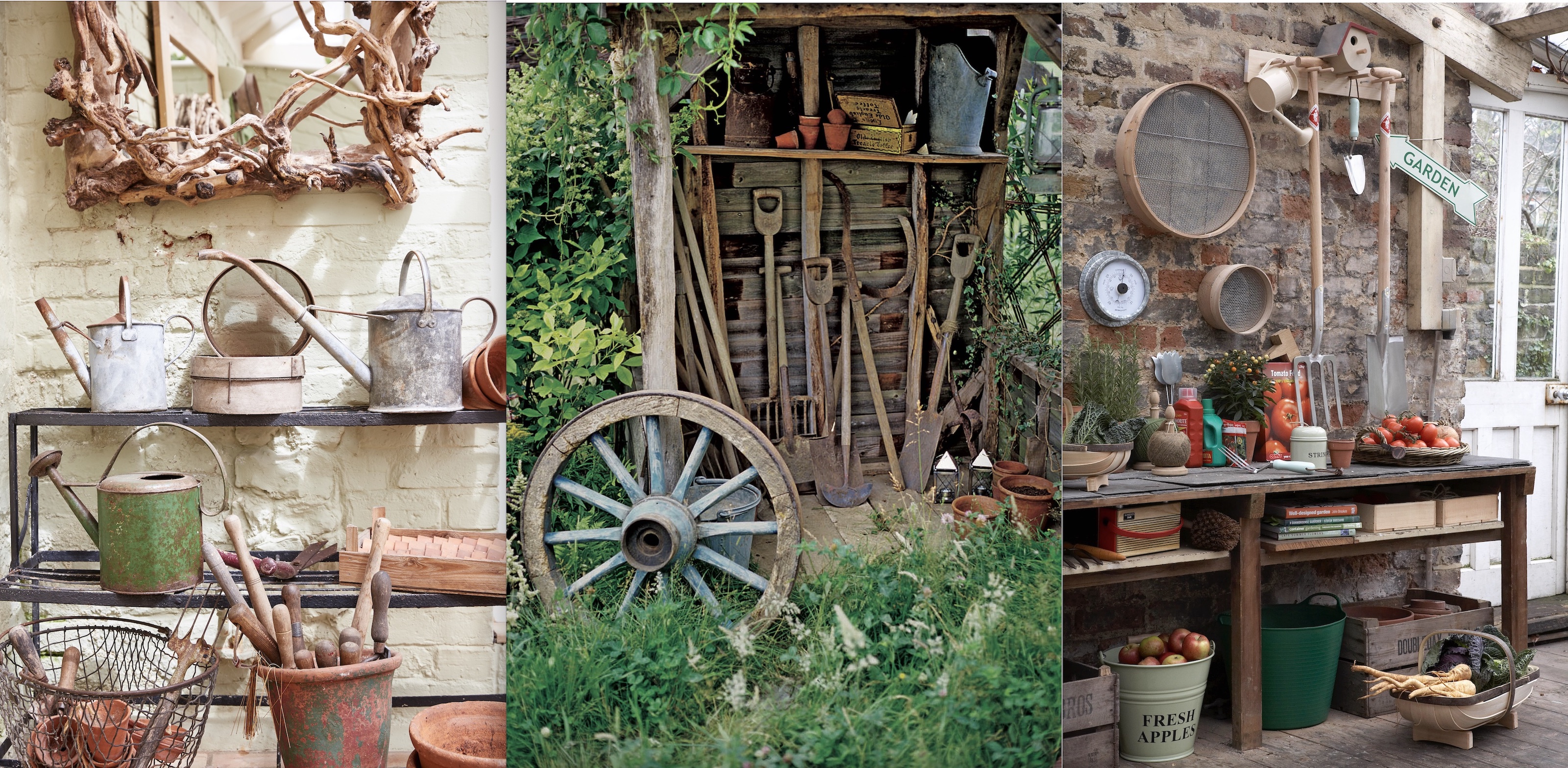
Andrea Childs
However busy and creative your garden ideas are, there will always be a little downtime in your backyard occasionally. But don't sit down in your lawn chair just yet – there is still much that you can be getting on with.
A certain joy can be found in putting everything in order, from sorting seed packets and making shopping lists from catalogs, to lavishing a little attention on your shed organization ideas.
As well as a general tidy-up, a few hours spent on maintaining spades, trowels, secateurs, and shears will pay dividends in the next growing season. ‘
Keeping your garden tools sharp will help you to work efficiently in the garden, as well as help them last longer,’ says Rainer Schubert, managing director at garden tool brand, Burgon & Ball.
‘Sharp cutting blades are also important for plant health. A blunt blade may crush stems as it struggles to make the cut, leaving the plant with a ragged wound that heals slowly and is more vulnerable to infection.’
1. Care for your garden tools regularly
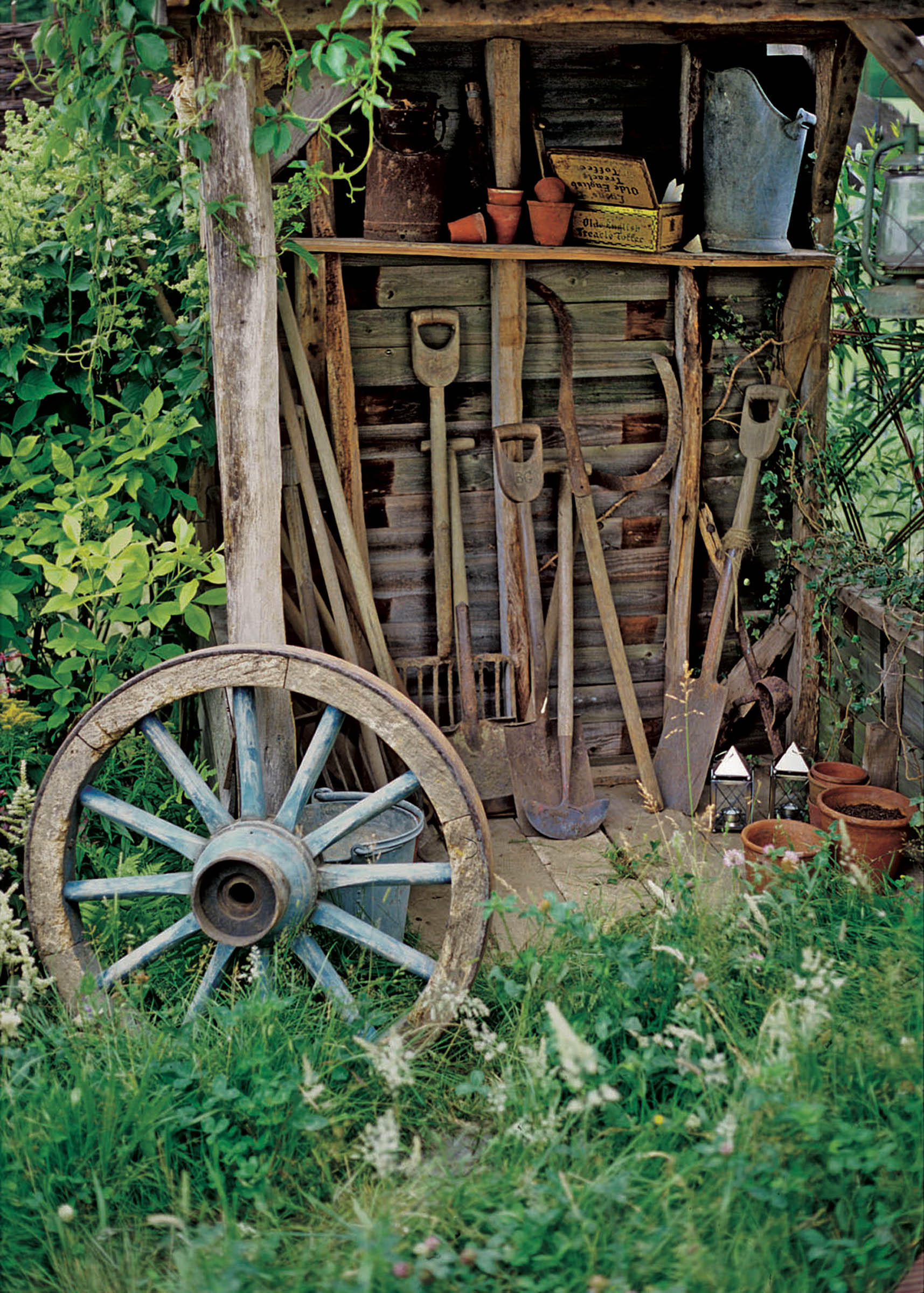
‘Cleaning your tools after each use, before you put them away, means that your regular maintenance checks become less arduous,’ says Edd Hames, co-founder of Tinker and Fix, experts in caring for quality tools.
‘We especially recommend cleaning and protecting your secateurs as regularly as you can, as this reduces the risk of transferring any diseases around your garden. Then you can sharpen them – I’d recommend doing this a minimum of twice a year.’
‘Not everyone has the time, but it’s good to give your tools a thorough inspection and clean as and when you can,’ adds Rainer. ‘A guideline might be once a year for seasonal tools such as bulb planters, or at the turn of each season for the most-used tools, like spades.’
2. Start with a thorough clean
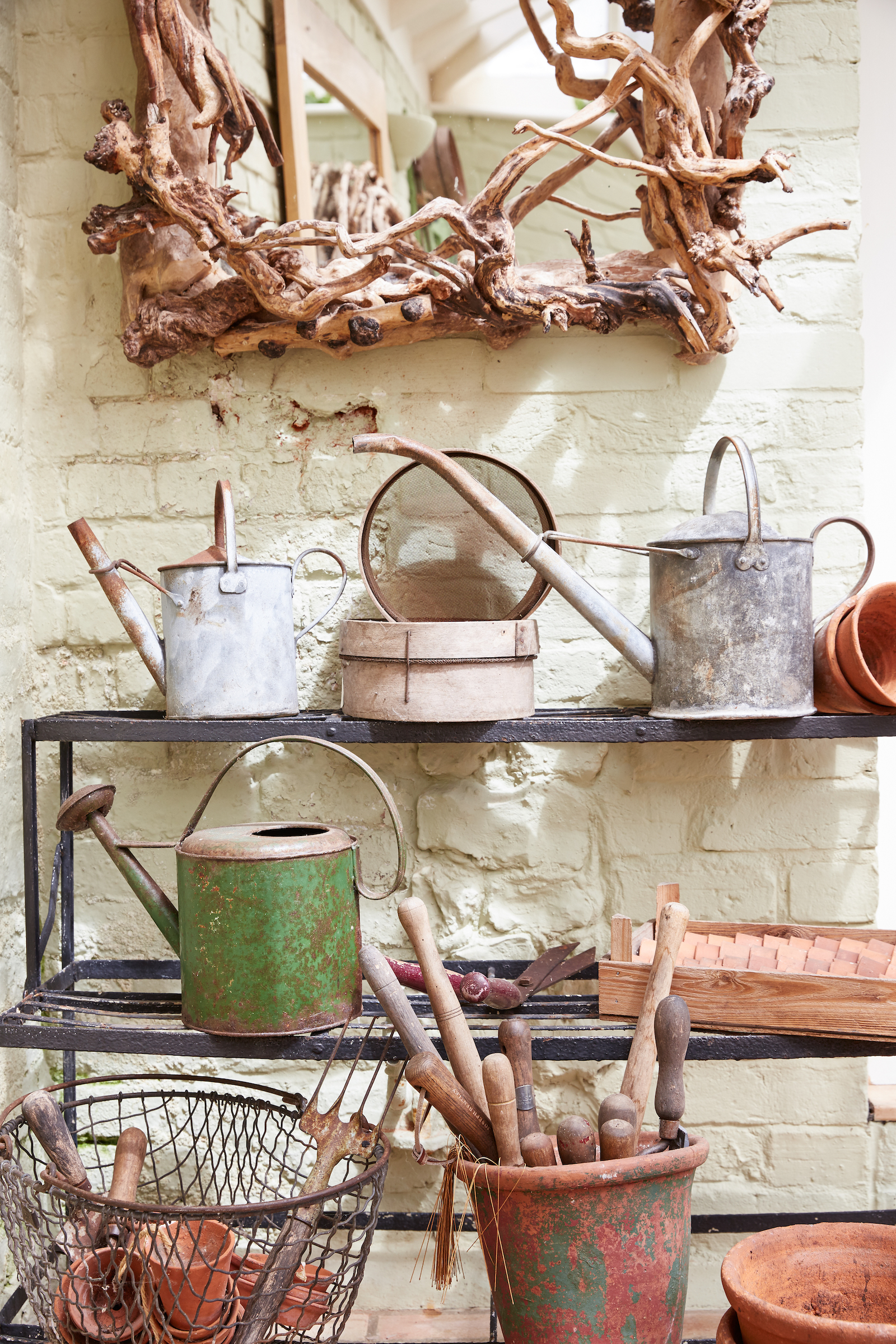
A thorough cleaning is the first step to looking after your tools, whether they’re for cutting or digging.
‘Use warm water, some detergent and a brush with good stiff bristles to remove mud and dried-on sap, and then use a towel to dry the tools, or let them air dry,’ says Rainer Schubert from Burgon & Ball.
‘To protect them from rust until you use them again, use a soft cloth to wipe a few drops of oil over the tool head or the blade,’ he continues.
Stewart Willes from Niwaki, which specializes in fine Japanese tools, suggests camellia oil. ‘It’s the traditional Japanese way to lubricate your tools as it leaves a really fine film, rather than an oily surface,’ he explains.
2. Remove rust from garden tools
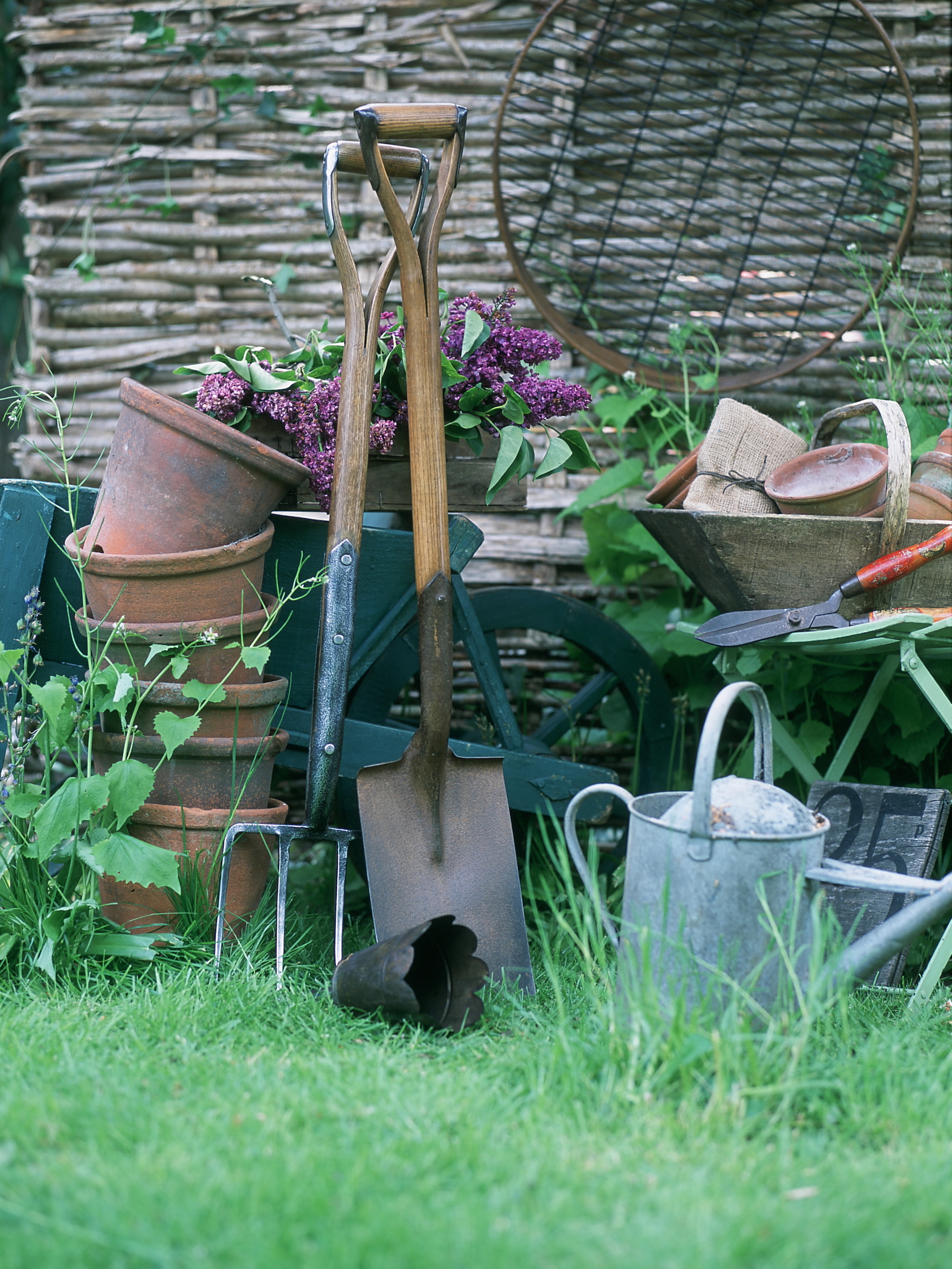
‘You can use various wire brushes to remove rust from the surface of the tool,’ says Edd Hames from Tinker and Fix. ‘A brass brush is great at removing light surface rust. If you want to restore a very heavily corroded tool, then you might need to switch to a steel wire brush.’
You can also use chemicals, such as this highly-rated Bar Keepers Friend Cleanser on Amazon, although Edd also likes cleaning with vinegar – the wonder ingredient that can also be used to freshen and deodorize laundry, clean the house with vinegar and baking soda and even get rid of ivy.
‘It works well and is a much cheaper alternative. It’s just a case of leaving things to soak for 24 hours or so (the process is quicker in a warmer environment). You’ll notice the metal turning from a rusty brown to a black color. Remove the tool from the vinegar, rinse with warm water, and then dry off.’
3. Make sure tools are sharpened
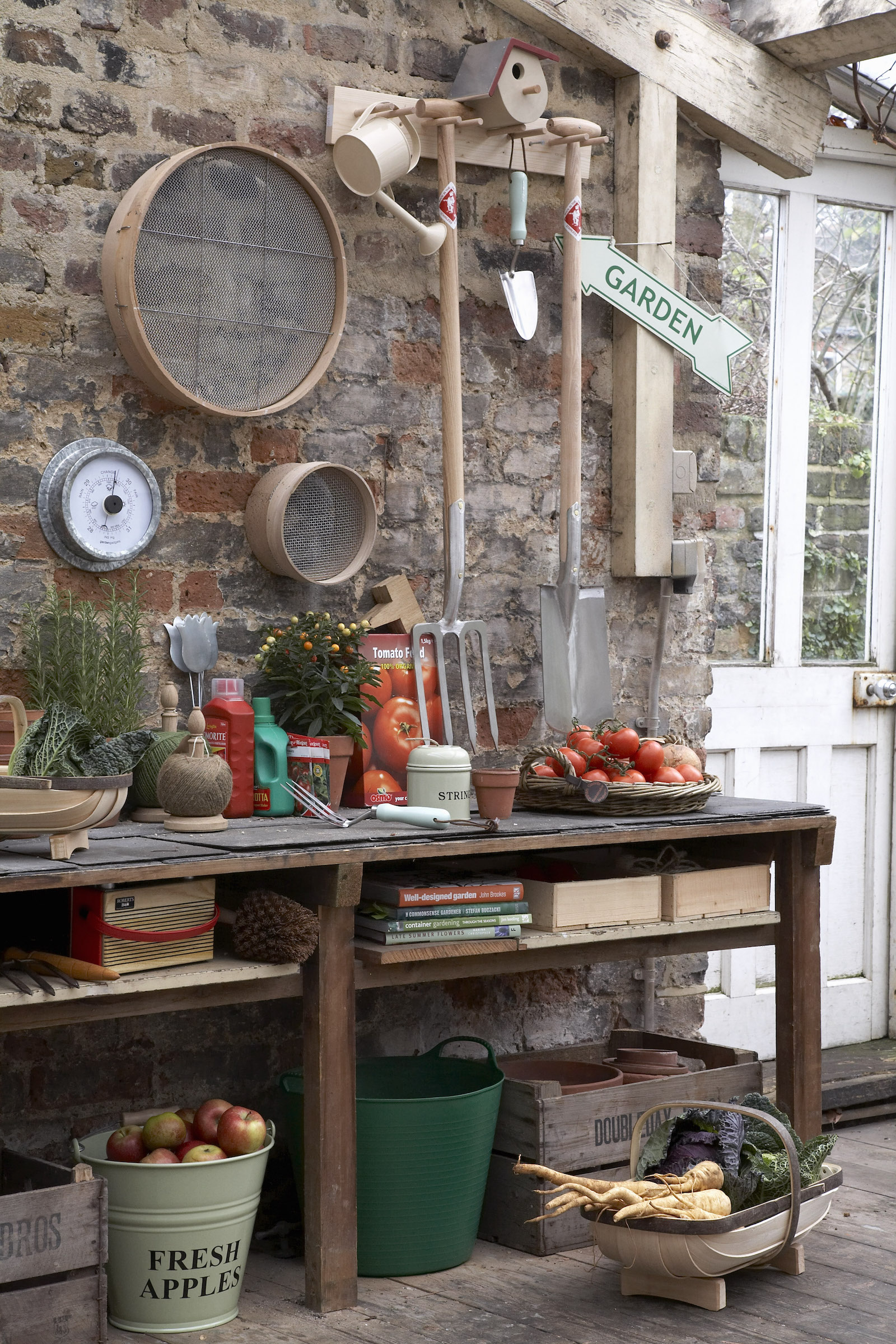
‘If you keep on top of your sharpening, you should be able to do it yourself,’ says Stewart Willes from Niwaki, although he recommends sticking to sharpening by hand using a whetstone for secateurs and shears, or a diamond file for tougher digging tools.
‘Some professional sharpeners use angle grinders, but please don’t use them as the steel on shears and secateurs is delicate and angle grinders will damage it,’ he says.
4. Maintain wooden handles
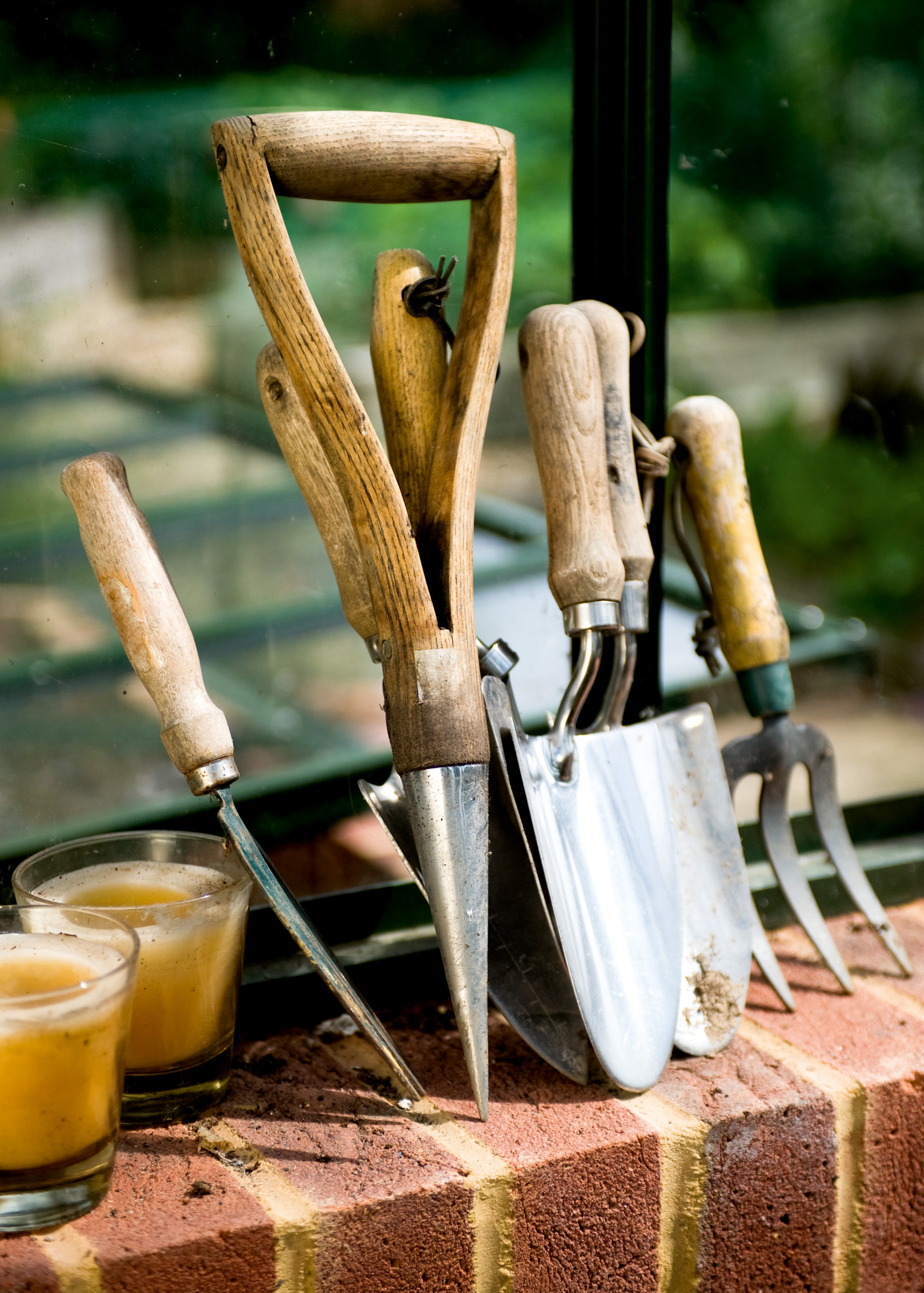
‘Wooden handles need oiling at least once a year. This is to stop them from drying out too much which can lead to the handles cracking or becoming loose,’ says Edd Hames from Tinker and Fix.
‘Make sure the handles are clean and free of soil, and then give them a light wipe over with linseed or tung oil.’
What should you clean your garden tools with?
According to Bar Keepers Friends: 'Cleaning and disinfecting your garden equipment is essential for gardening tool maintenance, and enough time needs to be set out to undertake this vital task.'
Here is what you will need for cleaning your garden tools:
- A hose or sink
- Bucket (one that is big enough for larger tools)
- Stiff bristle brush
- Sponge
- Steel wool
- Sandpaper (80 and 120 grit)
- Cotton towel
- Bar Keeps Friends Cleanser on Amazon
Sign up to the Homes & Gardens newsletter
Design expertise in your inbox – from inspiring decorating ideas and beautiful celebrity homes to practical gardening advice and shopping round-ups.
-
 Grace Kelly's former living room set the blueprint for quiet luxury – you can explore her NYC penthouse (listed for $3.25 million)
Grace Kelly's former living room set the blueprint for quiet luxury – you can explore her NYC penthouse (listed for $3.25 million)A unit in the storied Manhattan House, where Grace Kelly, Benny Goodman, and Shirley Jackson have lived, has hit the market – it's a masterclass in neutrals
By Hannah Ziegler Published
-
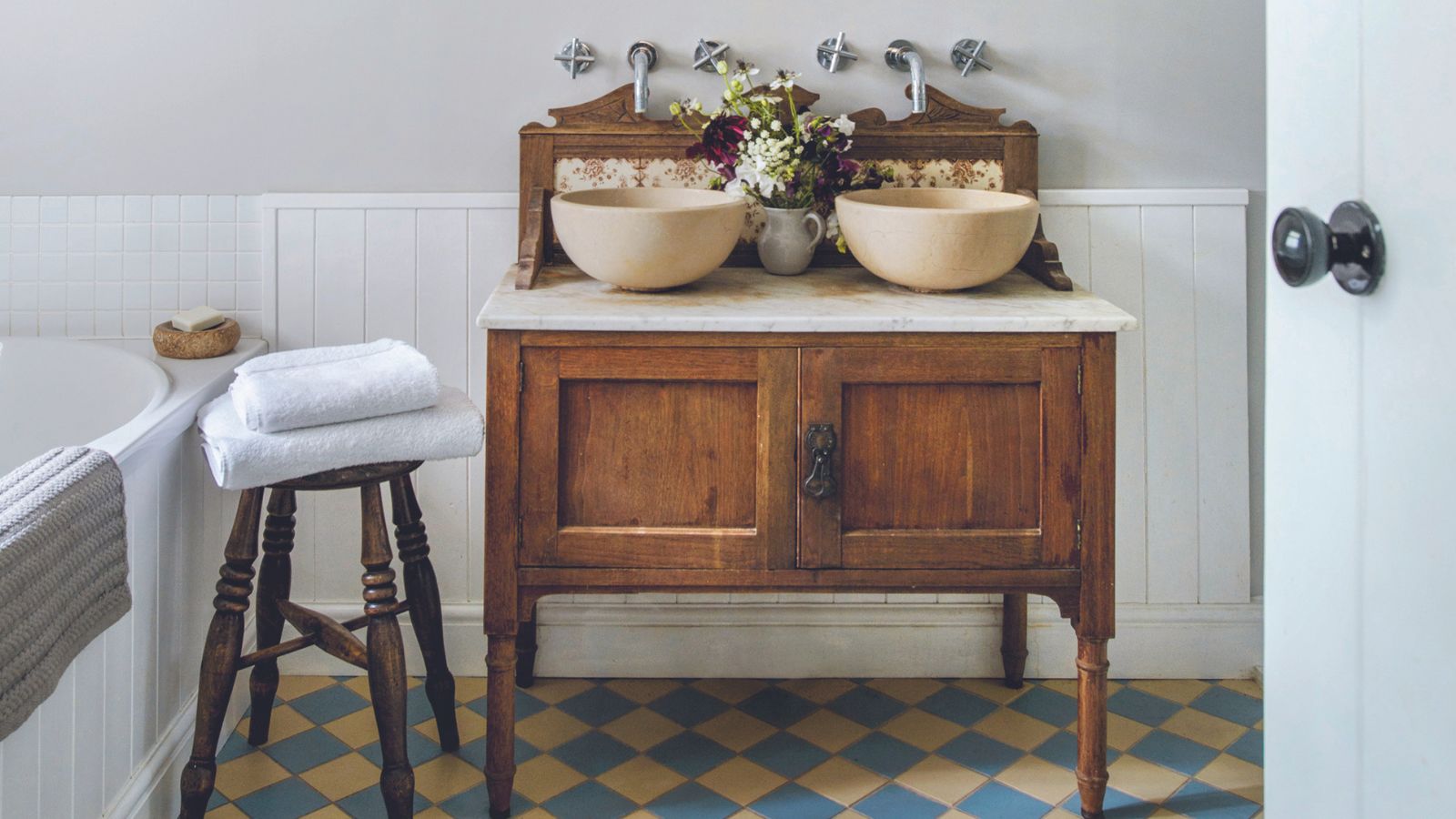 I'm 5ft2 and this telescopic scrubber safely and easily banished mold and grime in even the hardest-to-reach areas of my bathroom in less than 15 minutes
I'm 5ft2 and this telescopic scrubber safely and easily banished mold and grime in even the hardest-to-reach areas of my bathroom in less than 15 minutesMy bathroom has never looked better thanks to this handy $16 two-in-one tool from Joseph Joseph
By Ottilie Blackhall Published